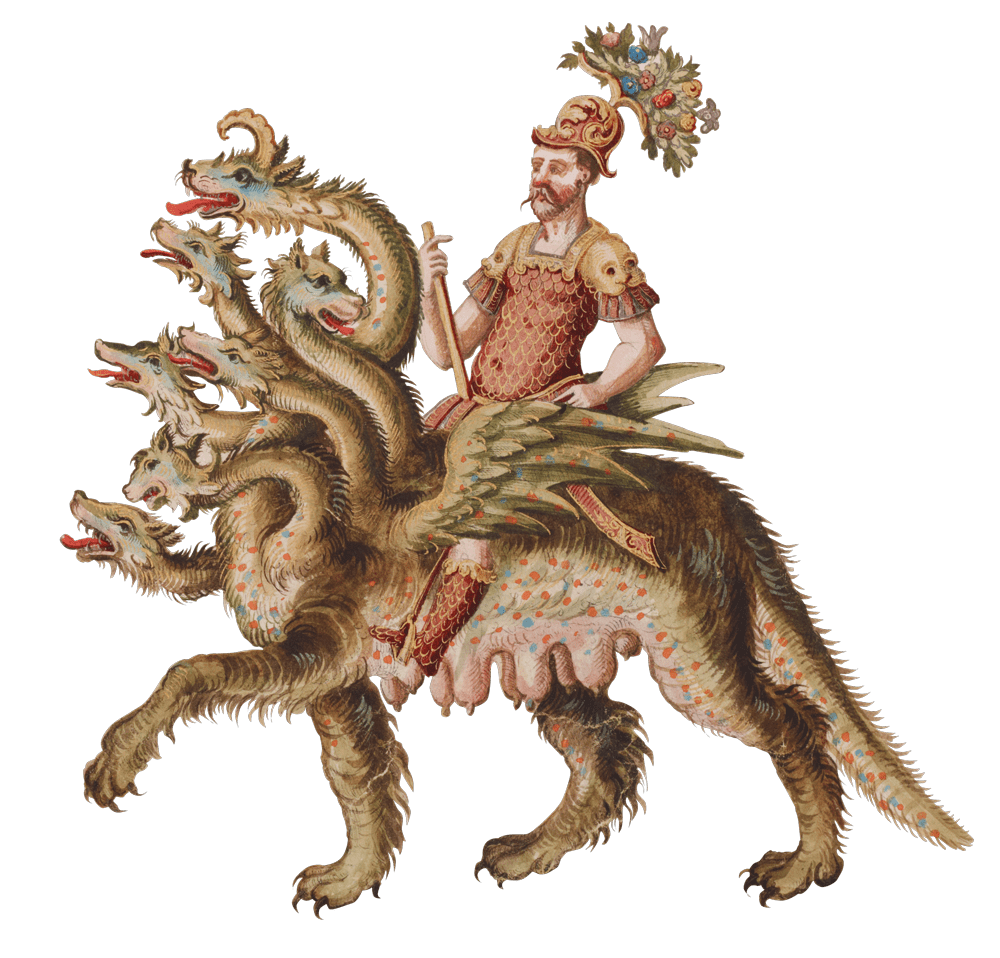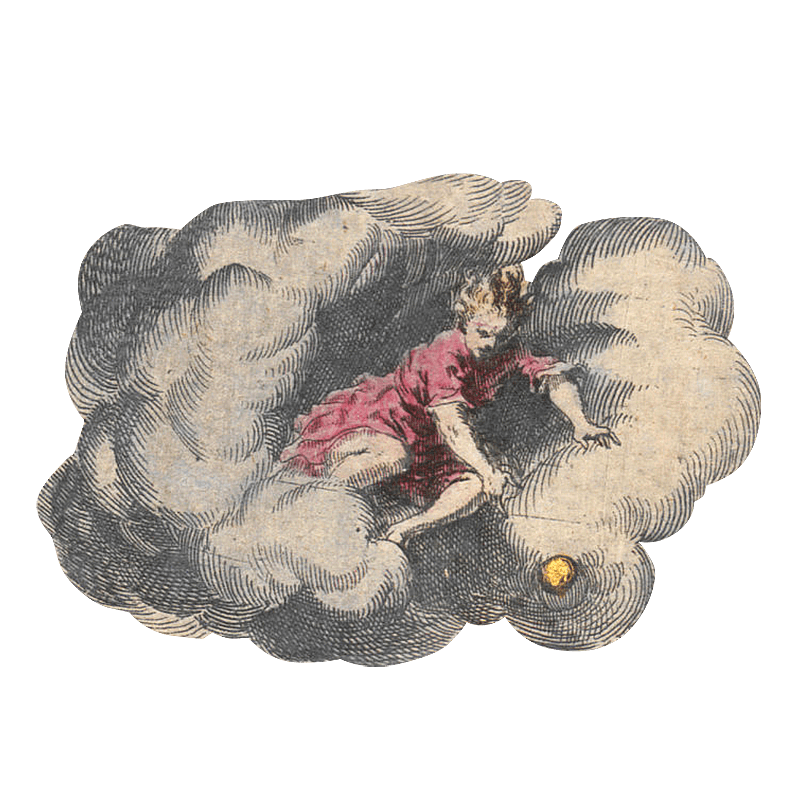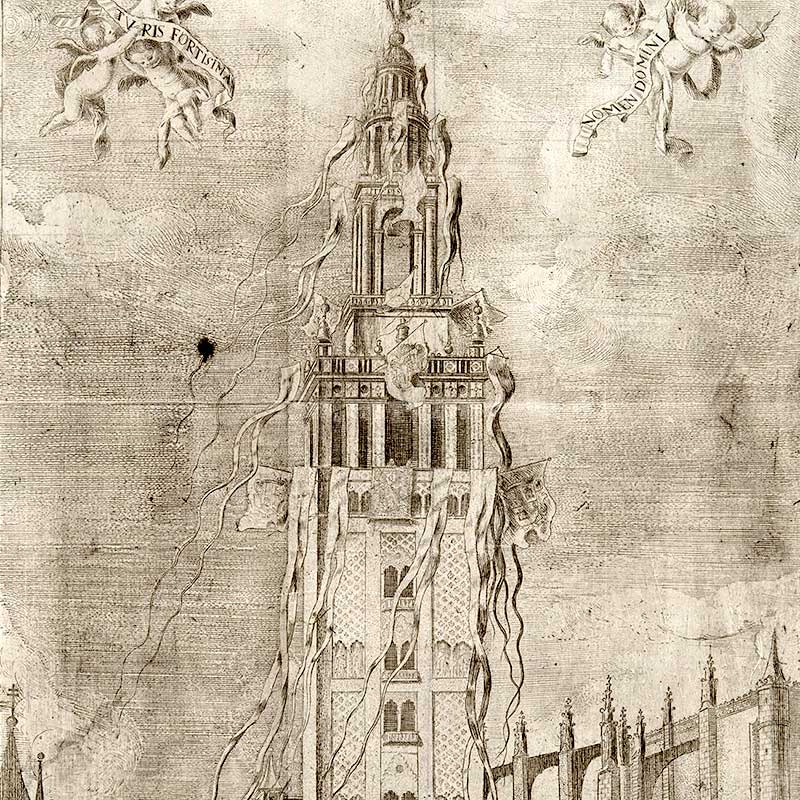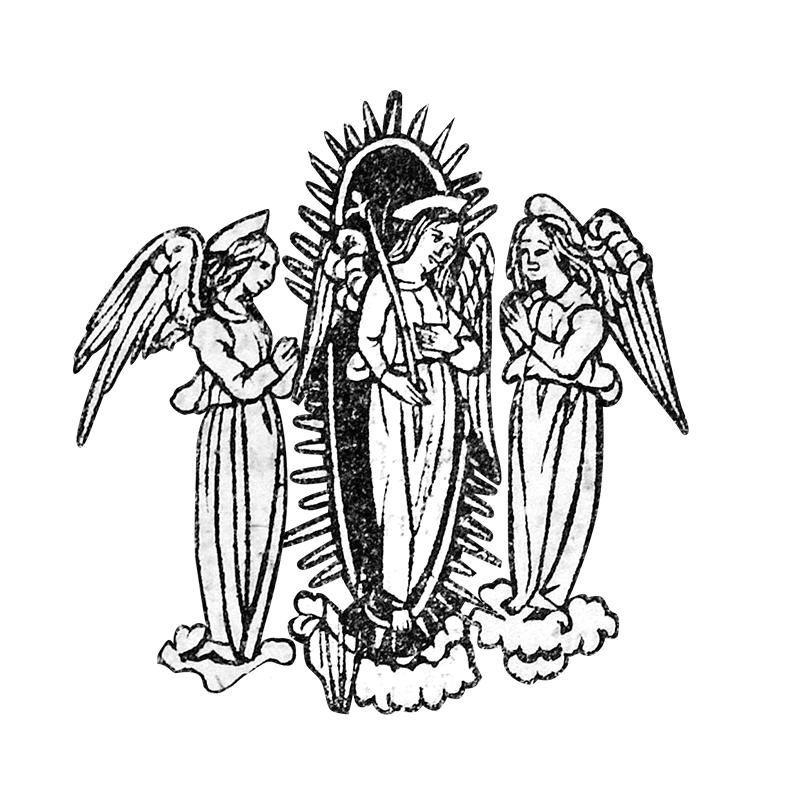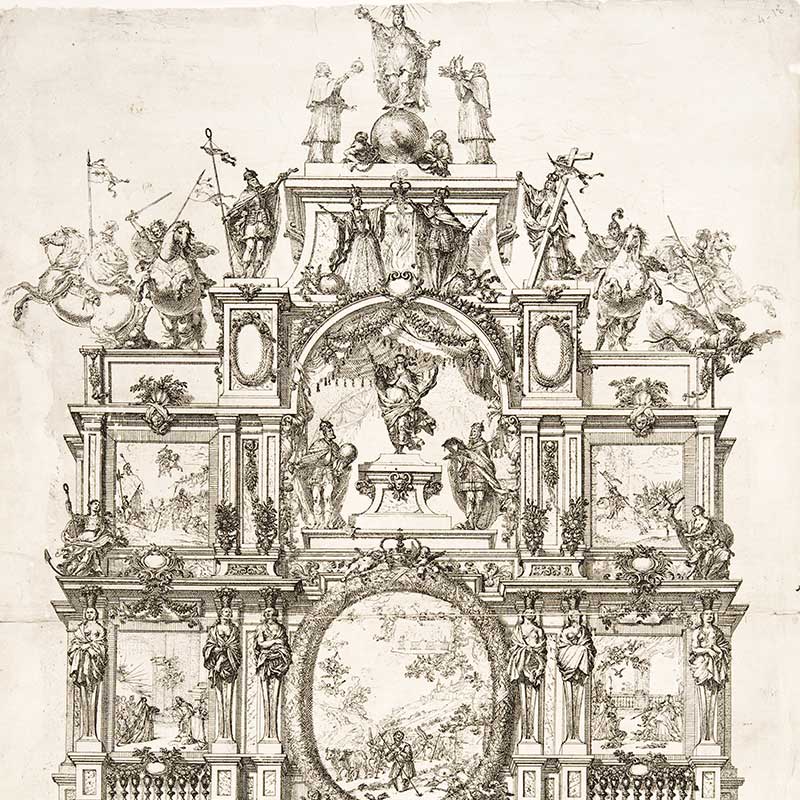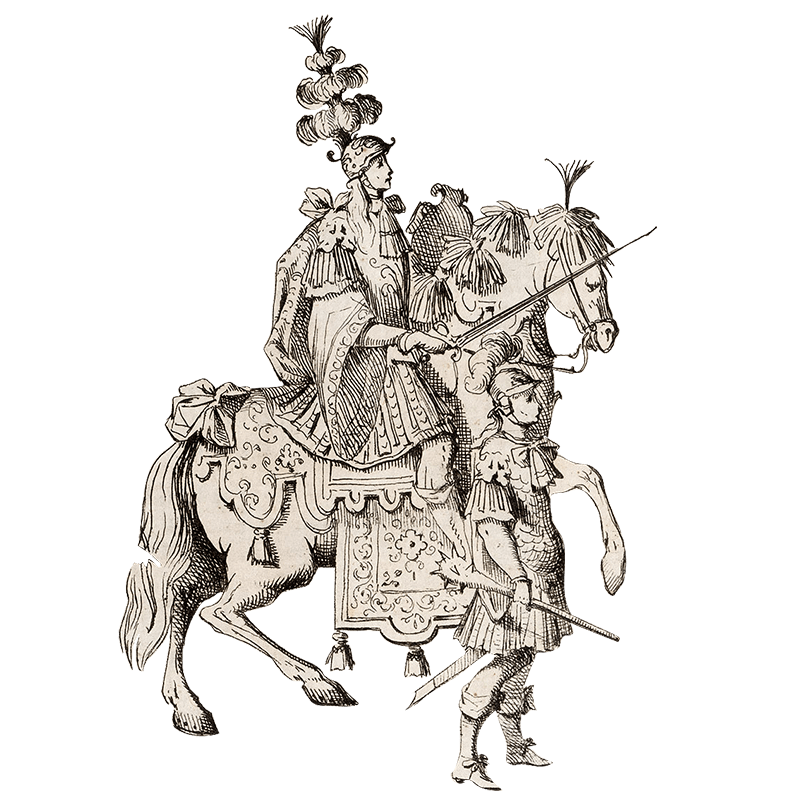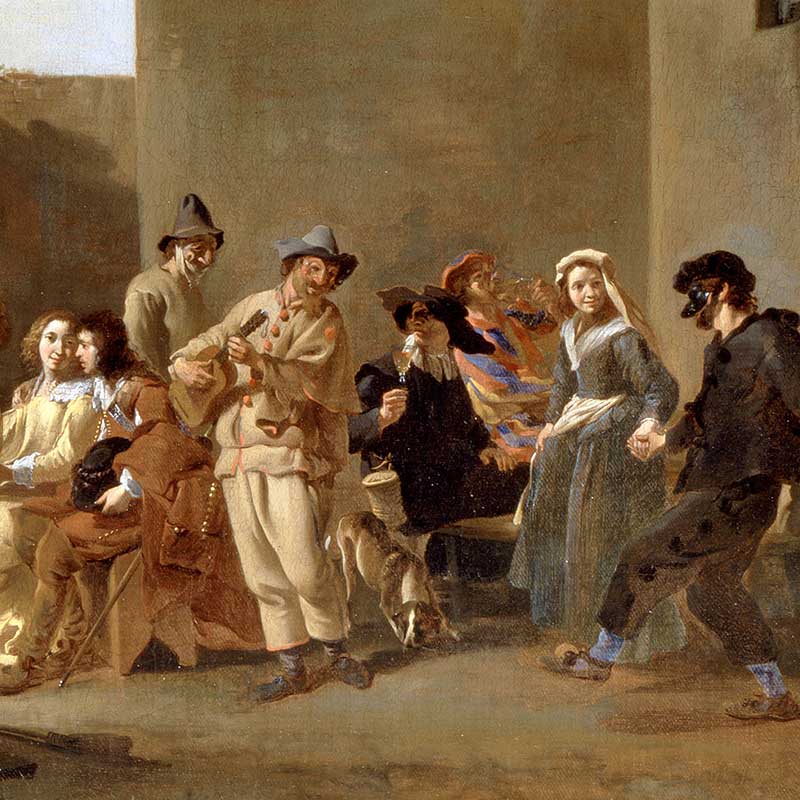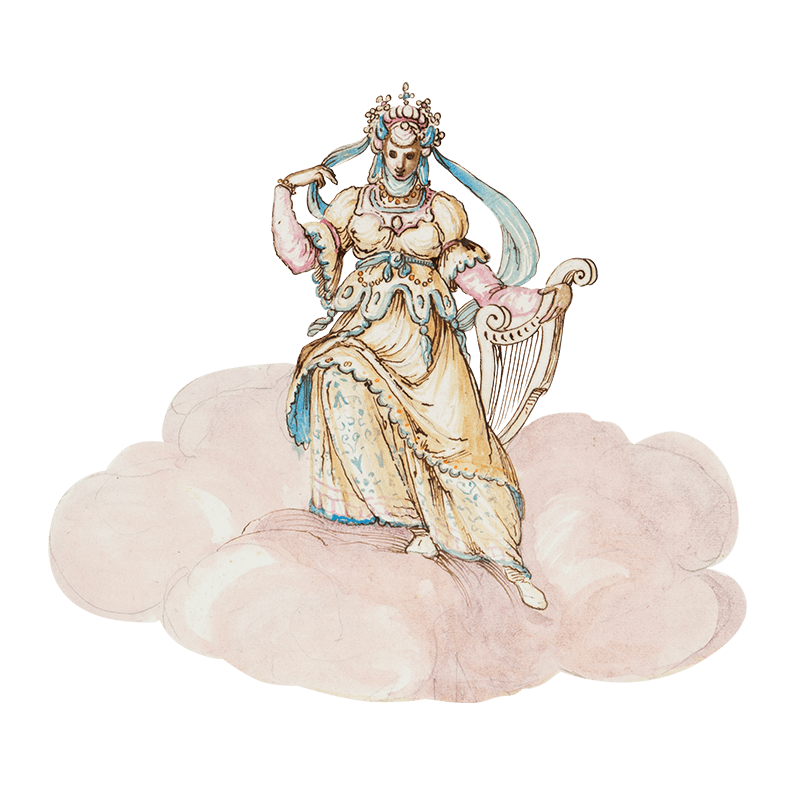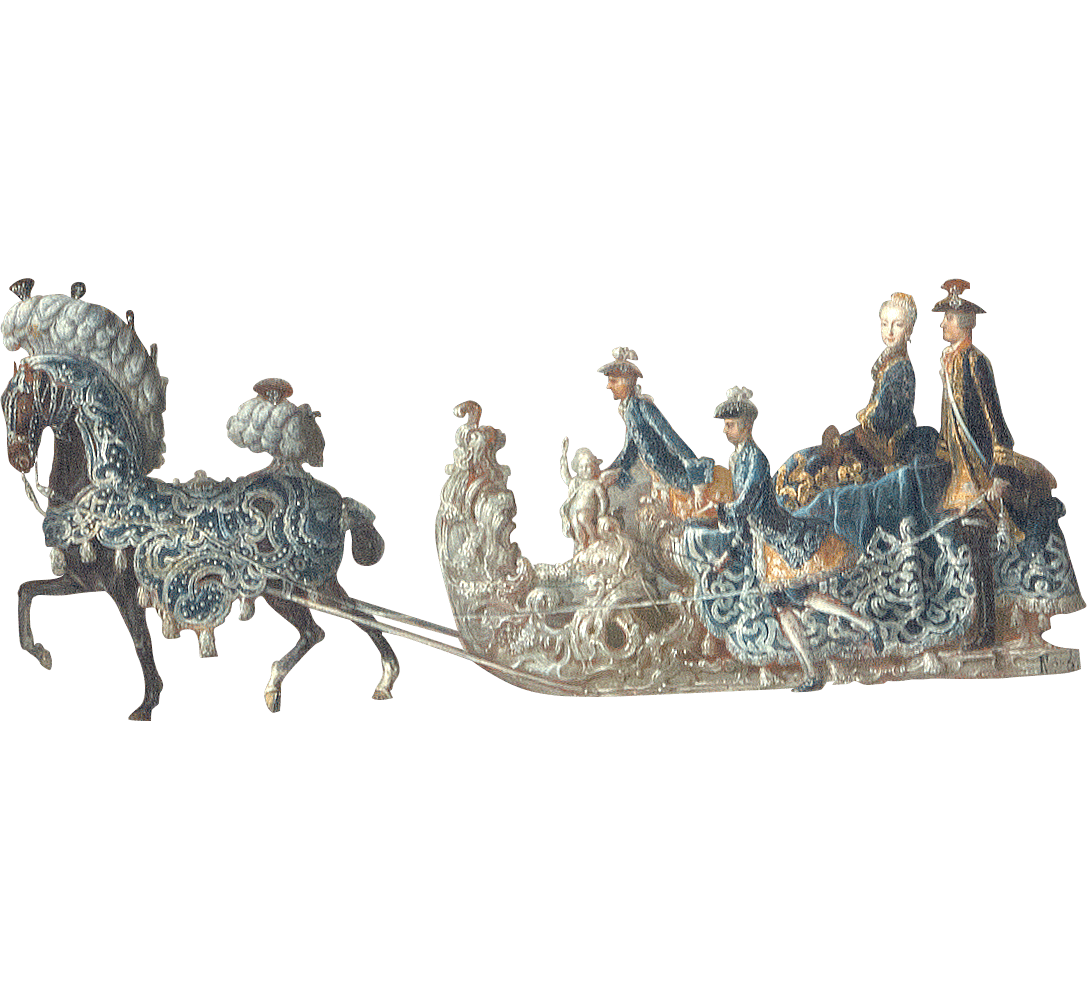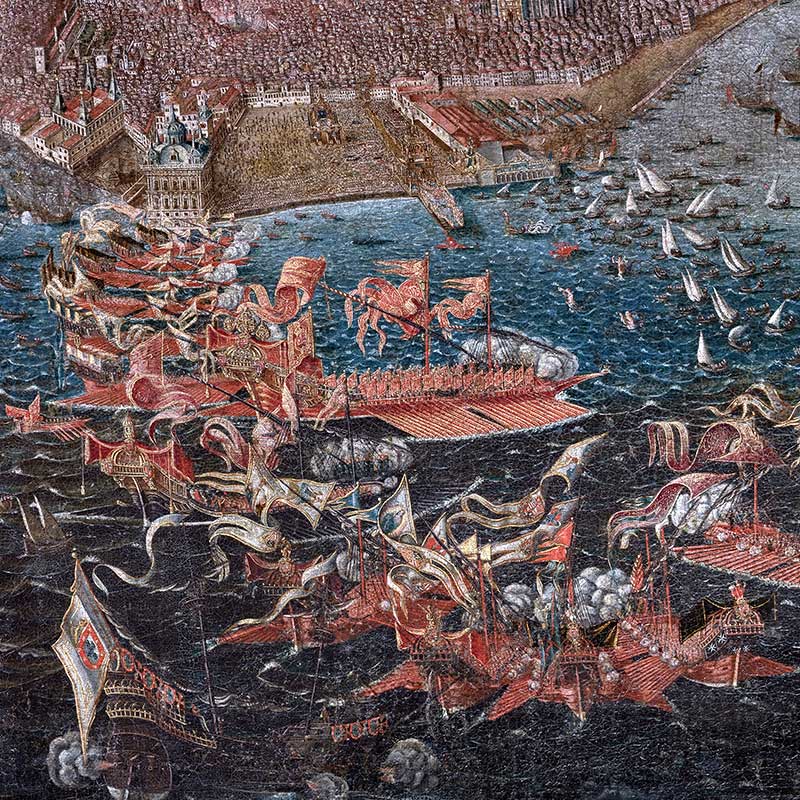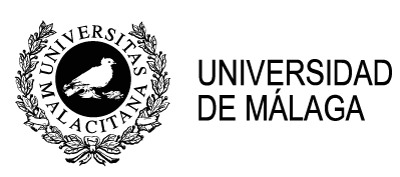Virtual Exhibition
From real life into
the world of art
Encounters between visual and performing arts in festival culture in Europe in the 16th to 18th centuries
From real life into the world of art is a virtual exhibition, offering an experience midway between an academic publication and an interactive presentation. The result of an international research project, it aims to analyse relationships between visual and performing arts in the European context of the 16th to 18th centuries.
Through an innovative combination of audio-visual media, the exhibition presents 15 narratives relating to historical festivals, entries, operas, ballets and artworks of particular significance within the history of art and the performing arts. By making the content accessible online and giving visitors a choice of routes through it, the exhibition addresses both the academic community and the wider public.
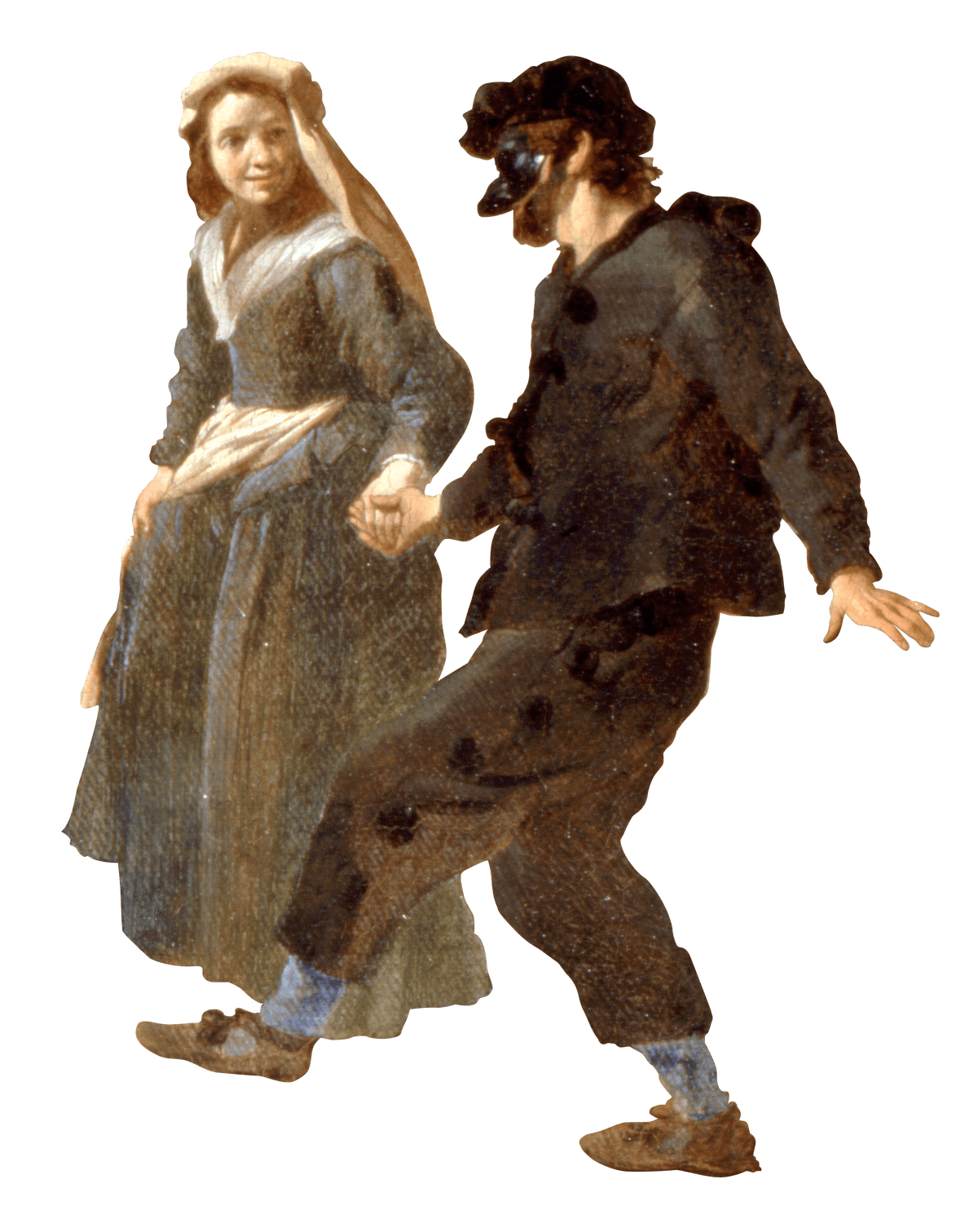
Universidad de Málaga
Curator
Theatermuseum, Vienna
Curator
In the Early Modern period, theatrical and festive occasions played a fundamental role in European artistic activity. They brought together artists from different disciplines and backgrounds, generating processes of hybridization between the visual and the performing arts. Such occasions marked
«the point of transition
from real life into the world of art».
About the Research Project
ART-ES. Appropriation and Hybridization between Visual Arts and Performing Arts in Early Modernperiod is a research project supported by the Spanish Ministry of Economy and Competitiveness. Its contributors are a team of international experts from several different fields (History of Art, Theatre Studies and Musicology).
For more information about the research project, visit our blog artes.hypotheses.org.
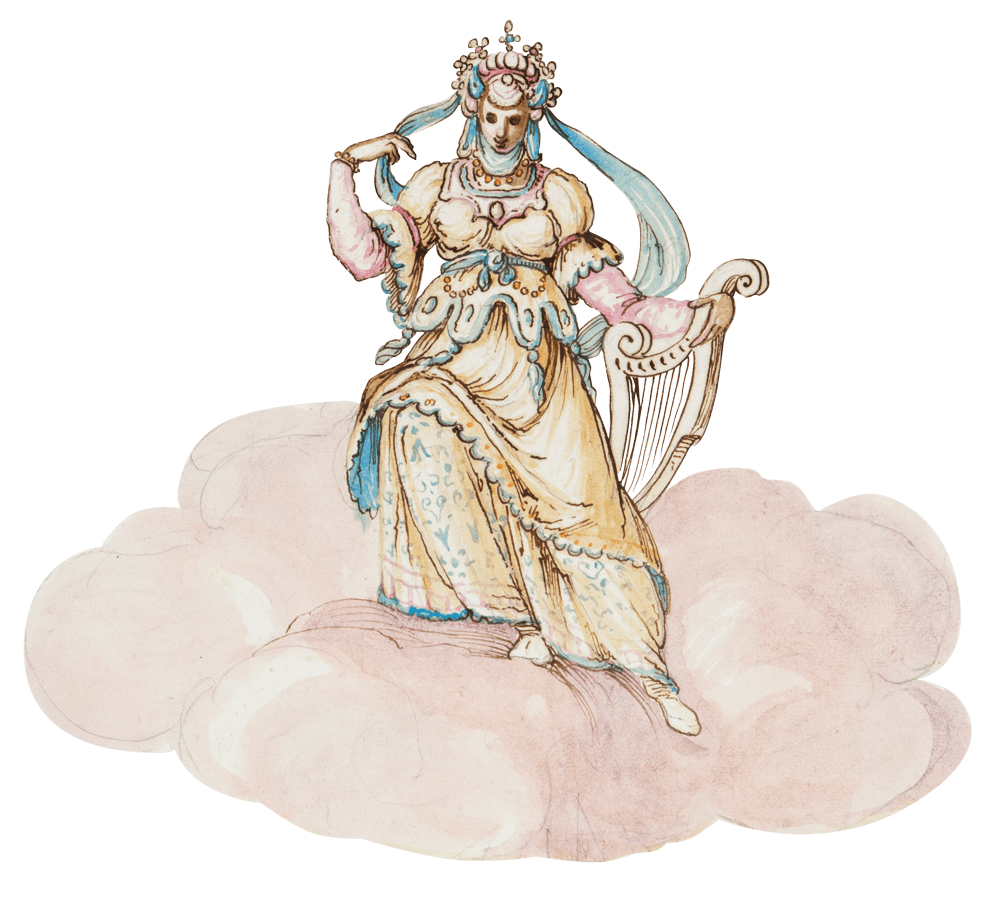
Launch & International Symposium
On the opening of the virtual exhibition From real life into the world of art an International Symposium has been held on current virtual exhibition formats.
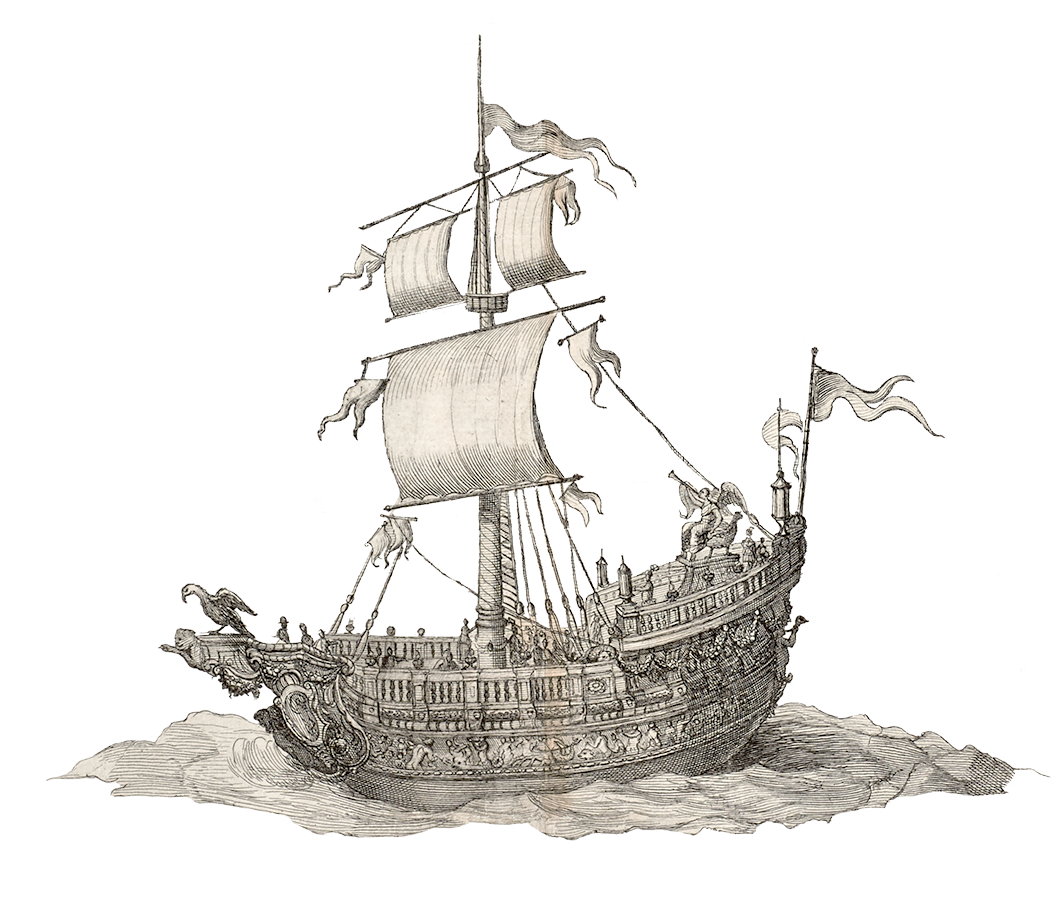
From
10.6.2021
Team
Curators of the exhibition
- Carmen González-Román (Universidad de Málaga)
- Rudi Risatti (Theatermuseum, Vienna)
Scientific advice
- Andrea Sommer-Mathis (Austrian Academy of Sciences, IKT, Vienna)
Web Design
Kunsthistorisches Museum Wien
Department Visual Media
- Stefan Zeisler, Head of Department
- Nicoletta Hernández, Media Design
- Peter Steinacher, Media Design
Contributions to the exhibition
- Isabel María Alba Nieva (Escuela Superior de Arte Dramático, Málaga)
- Alessandra Buccheri (Accademia di Belle Arti di Palermo)
- Siro Ferrone (Università degli Studi di Firenze)
- Pedro Flor (Universidade Aberta and Universidade Nova de Lisboa)
- Susana Varela Flor (Universidade Nova de Lisboa)
- Daniela Franke (Theatermuseum, Vienna)
- Carmen González-Román (Universidad de Málaga)
- Claudia Koch (Gemäldegalerie der Akademie der bildenden Künste, Vienna)
- Monica Kurzel-Runtscheiner (Kaiserliche Wagenburg, Vienna)
- Concepción Lopezosa Aparicio (Universidad Complutense, Madrid)
- Hilary Macartney (University of Glasgow)
- Sara Mamone (Università degli Studi di Firenze)
- Rudi Risatti (Theatermuseum, Vienna)
- Veronika Sandbichler (Schloss Ambras, Innsbruck)
- Victoria Soto Caba (Universidad Nacional de Educación a Distancia, Madrid)
- Isabel Solís Alcudia (Universidad Nacional de Educación a Distancia, Madrid)
- Anna Maria Testaverde (Università degli Studi di Bergamo)
- Teresa Zapata Fernández de la Hoz (PhD in Art History UAM - independent researcher)
Contact
For questions and inquiries please contact
info@artes-exhibition.digital
This project is aligned with the 2030 Agenda for Sustainable Development and aims to meet the following SDGs:

Quality of Education
Ensure inclusive and equitable quality education and promote lifelong learning opportunities for all
The project is aimed at a very diverse audience, particularly through its creative and accessible storytelling. It enables a consciously playful dissemination of complex art and theatre historical content, and presents high-quality exhibits from prestigious international collections without access restrictions and without user costs.

Gender Equality
Achieve gender equality and empower all women and girls
This goal is achieved through the composition of the project team, but also through the content of the exhibition, where there is space for the topic of diversity, for example, based on historical accounts in which the roles of women, men and other genders appear in equal status.

Responsible Consumption and Production
Ensure sustainable consumption and production patterns
This goal is pursued and achieved through the purely digital character of the project, which allows access from anywhere in the world via the web. The production, which was carried out primarily through digital collaboration, was also based on the principle of sustainability with little or no consumption of material resources.

Peace, Justice & strong Institutions
Promote peaceful and inclusive societies for sustainable development, provide access to justice for all and build effective, accountable and inclusive institutions at all levels
Our project brought together 14 institutions from six countries within and outside the European Union (Austria, Spain, Italy, Germany, Portugal and Great Britain). It is therefore a model of international cooperation in the field of scientific work and creative cultural communication. Based on its content, it also seeks to send a message of cosmopolitanism and peace in the present, for example by emphasizing phenomena of international cohesion and exchange in the context of festive events in the Early Modern Age.

Partnership for the goals
Strengthen the means of implementation and revitalize the Global Partnership for Sustainable Development
Within the framework of this project, which was strongly supported by the Spanish Government, several research institutions have partnered with a major museum, the Kunsthistorisches Museum in Vienna. With joint efforts of staff and budget, a digital exhibition project has been carried out that is freely accessible to users around the world.
This virtual exhibition is the result of a cooperation between
Sponsor
